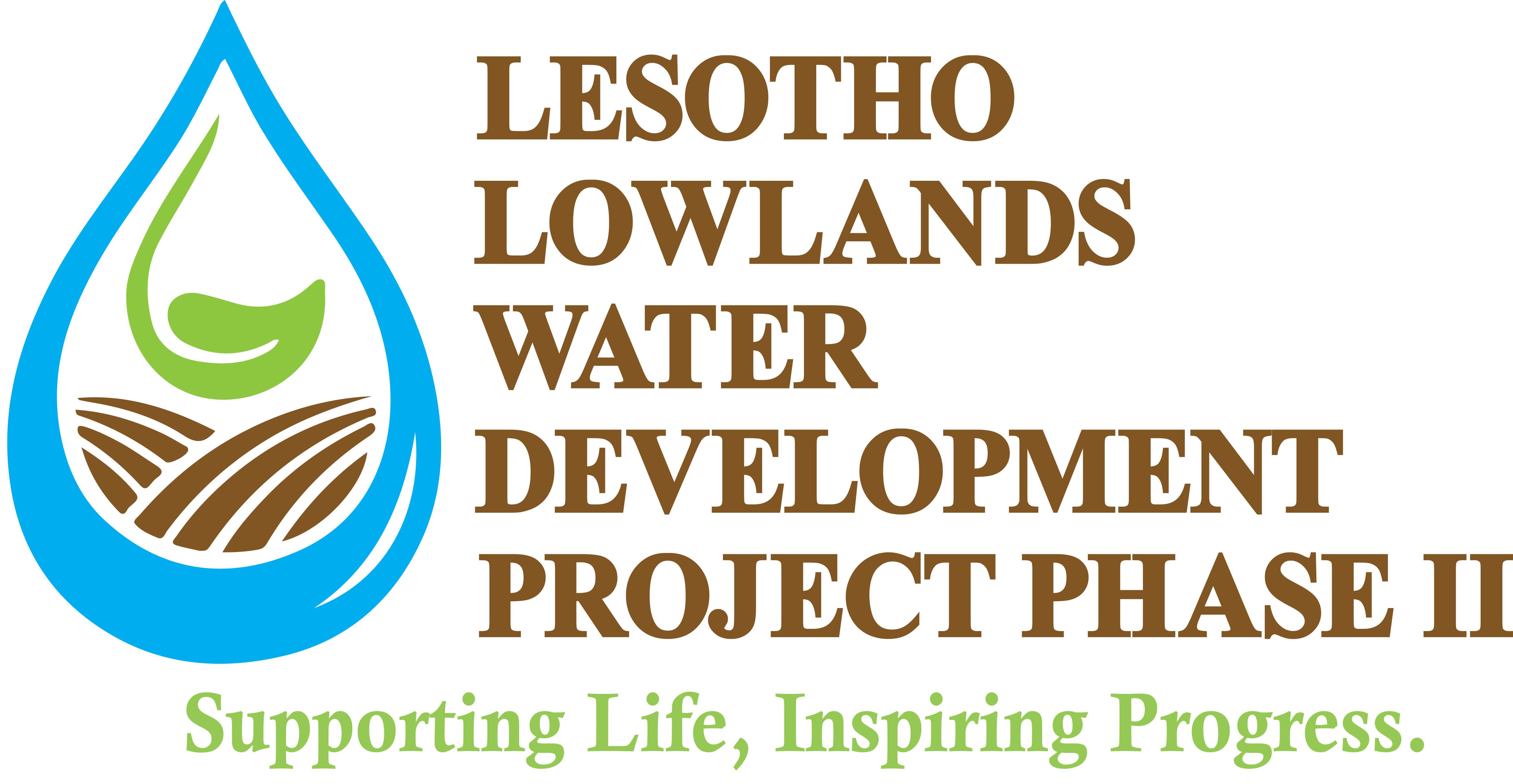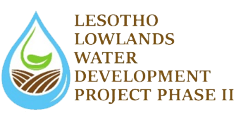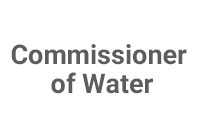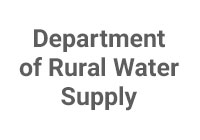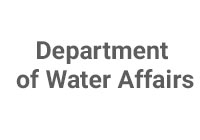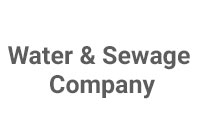Access to Improved Water Supply
Lesotho Lowlands Water Development Project
The Lesotho Lowlands Water Development Project-Phase II (LLWDP-II) is designed and being implemented as a brain-child of the Lesotho Lowlands Water Supply Scheme
Increased Water Availability!
Promoting the Availability and Supply of Clean Water in Lesotho
Water Supply Investments in Zones 2 and 3
Welcome
The Lesotho Lowlands Water Development Project-Phase II
1
Awards Milestones Awarded To Us
1
Projects Completed In Last 5 Years
1
Happy Customers Who Trusted Us

The Lesotho Lowlands Water Supply Scheme (LLWSS) was initially designed in 2008.
The scheme is a bulk water supply scheme to deliver treated water to supply points and reservoirs where it will then be distributed to individual water supply zones and fulfil projected domestic and industrial demands.
The LLWSS has divided the Lowlands area of Lesotho into 8 distinct Zones from Botha Bothe to Quthing Districts, covering all settlements with inhabitants of more than 2500 persons and covers all areas including urban, peri-urban and rural settlements.
Which Areas Does The Project Cover
Lesotho Lowlands Development Project (LLWDP) Components
The project will focus on supporting water supply infrastructure investments to address the water security challenges in water demand in Zones 2 and 3 of the Lowlands, comprising Maputsoe, Hlotse and surrounding settlements above 2500 people.
This component will finance a program of activities designed to improve access to
This component will finance a program of activities designed to improve access to
This component will strengthen sector institutions, support implementation of the LLWSS
This component will finance a program of activities designed to improve access to
In the event of an Eligible Crisis or Emergency, this contingent component will
We drive the transition to more sustainable, reliable & affordable water systems, Explore All Components
Proposed Project Objectives
Project Development Objective (PDO) Statement
The proposed development objectives are to
(i) increase water availability and access to improved water supply services in two priority zones; and
(ii) improve the technical and financial performance of WASCO.
PDO LEVEL INDICATORS
Increased water production capacity to 25,000 (cubic meters/day) for priority water zones
People provided with access to improved water sources (number, of which female, rural, urban) (corporate indicator)
People with existing connections benefitting from improved services
WASCO’s minimum achievement of annual, regulatory mandated, performance improvement targets

Project Beneficiaries
The project will directly benefit about 115,000 inhabitants located in Maputsoe and Hlotse and several small settlements in the Leribe district, close to the northern border with South Africa.
Making Tomorrow Different Today.
Two Prioritised Areas by LLWDP II
In recent years, new capacity across the solar value chain has become necessary to support the PV market’s growth. However, the capital required to establish and scale-up wafer, solar cell and solar module manufacturing facilities is considerable.
Together, these factors pose a serious challenge to sustainable operation and growth of global solar manufacturers.
Maputsoe Hlotse Zone
Construction of the bulk water supply scheme which will abstract water from the Hlotse and Makhaleng Rivers respectively
Mafeteng Zone
Construction and rehabilitation of distribution water mains and networks in Mohale’s Hoek and Mafeteng towns and surrounding settlements,
Your Home Is Energy
Everyday the sun provides us with an abundance of free energy by placing solar panels on your roof.
Consultation & Planning
Our remote industrial solar systems are designed to reliably power our clients critical remote locations.
Promoting Clean Water Supply In Lesotho
Latest Projects, Solutions And Water Supplies
The project will directly benefit about 115,000 inhabitants located in Maputsoe and Hlotse and several small settlements in the Leribe district, close to the northern border with South Africa. Of these, about 100,000 people with existing connections will benefit from improved water service quality while an additional 15,000 people will benefit from new access.
Contractor Briefing
The High-Level Leadership Forum in the Leribe Project Area is...
Presentations
These sessions are designed to inform, educate, and gather feedback...
Conferences
Department of Energy, which is why we have funded six...
All Projects
Customers Doing it Their Way
Our Customers Share Their Experiences & Insights

Solatec has been absolutely the best to work with. Their attention to detail and customer support was amazing!!
Solatec has been absolutely the best to work with. Their attention to detail and customer support was amazing!!
Solatec has been absolutely the best to work with. Their attention to detail and customer support was amazing!!
Solatec has been absolutely the best to work with. Their attention to detail and customer support was amazing!!
Solatec has been absolutely the best to work with. Their attention to detail and customer support was amazing!!
Design & Shipping
We collaborate with you to design and deliver a system that meets your utility usage and selecting equipments.
Contract & Install
Whether you want to install the system on your own or hire local contractors directly managing the installation.
Discover independence through the power of solar,
Explore Our Plans
Save Money, Save The Environment!
Providing Value To Our ClientsThrough Ongoing Product & Innovation.
Our Solar business now provides the preferred channel to market for some of the world’s leading PV manufacturers and our solar professionals work jointly with partners on enhancing product features, lowering lead times and improving cash flow.
Commissioner of Water
Personalised Solutions
Performance Measures
Request A Quote
Error: Contact form not found.
News & Announcements
Recent Articles
February 8, 2025
admin
The High-Level Leadership Forum in the Leribe Project Area is a vital platform established to guide and oversee the successful implementation of the Lesotho Lowlands...
February 8, 2025
admin
These sessions are designed to inform, educate, and gather feedback from affected communities, local leaders, and key stakeholders on the policies governing compensation for land...
February 8, 2025
admin
Department of Energy, which is why we have funded six teams to improve technologies that will protect eagles sharing airspace with the new wind turbines

Quick Contact
If you have any questions or need help, feel free to contact with our team.
Sentinel Park, Block C, UN Road, Maseru.
©2025 LLWDP-II | All Rights Reserved. Design by Zeecom Technologies
